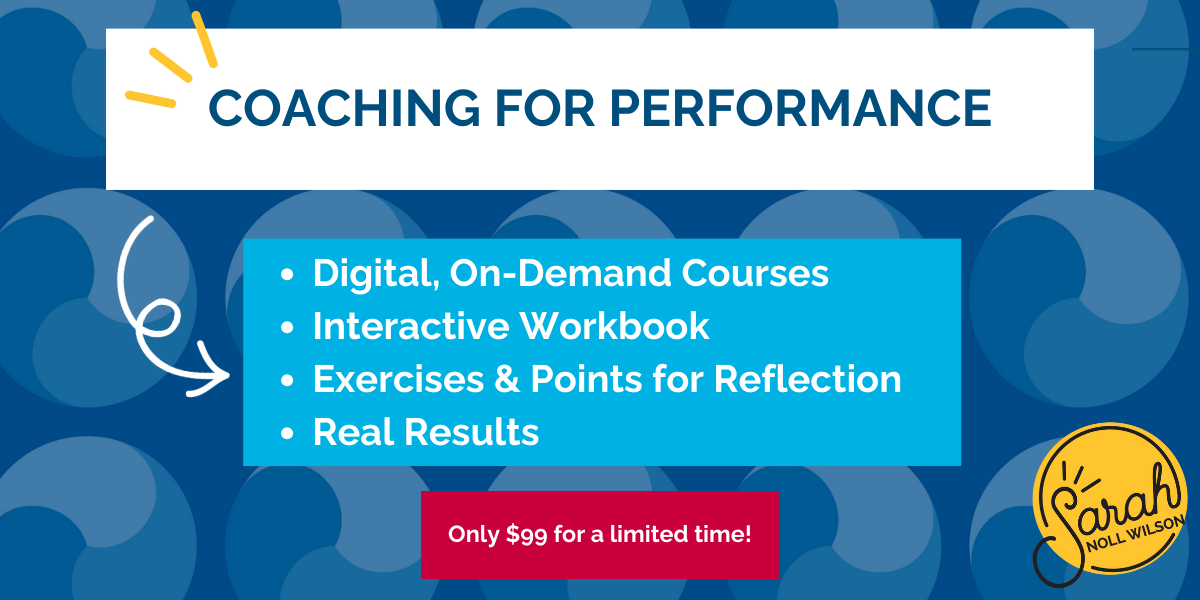
Humans are social beings, simply by nature. We’ve existed and thrived together for a reason. In the final installment in our series on stress responses, we’ll explore both the positive and not-so-positive sides of these social tendencies as we unpack the flock response.
I keep saying this, but that’s because it’s important: stress responses are natural. They happen to us all. And while we can’t stop them from happening, we can deepen our awareness of them so we can take proactive steps in those prickly moments.
Just what is a flock response, exactly? How do we know the difference between a healthy flock and an unhealthy flock? What do we do if we catch ourselves falling into one of the latter?
Let’s take a look.
The Flock Response in the Workplace
What is the first thing you do when something great happens to you?
We’re having a baby!
I got a promotion!
I aced that big exam!
I survived a week in a cabin in the north woods with my extended family and only hid in the bathroom five times!
(Ok, maybe that last one is just me. But you get the picture.)
Whatever the cause for celebration is, the point is that when we have good news, we want to share it. Hello, flocking. You might also flock if you need support, need to connect, need to get something off your chest, etc. Every potluck, every time we pick up the phone and call a friend . . . the times we gather when we need and/or want to be with each other . . . is an example of the flocking stress response. No doubt that during COVID, we digitally flocked to one another more than ever. If that’s not proof of how much we need each other, I don’t know what is.
A healthy flock is when we come together because we’re celebrating or experiencing something challenging, and we feel safe enough in that interaction to lead with our truth. Whatever is on our chest, we can get it off in a healthy flock. It’s still healthy, too, if we need to blow off a little steam in the workplace and then agree to come back to the issue later; a hard-and-fast “solution” or “plan with next steps” isn’t a prerequisite for a healthy flock in the least, yet the notion of looking ahead is embedded.
Flocking in an unhealthy manner can start out looking like the same example, but the interaction is much more centered in the past. It can be a commiseration session where each comment compounds the other. It can be jumping on the bandwagon and talking poorly about a colleague behind closed doors simply because everyone else is doing it. It can be going to your manager or someone in a position of power instead of going to the person you really need to speak with first.
Our brains can sometimes jump to negative flock conclusions when we see others gathered without us, too. In a workplace setting, the top three assumptions we hear about a group of people together are that they’re probably complaining, plotting, and/or are not working. While this can be the case, it isn’t always.
For example, I worked with the leader of a small, successful bank with multiple branches. Due to the nature of the industry, it is reasonable that there are cameras everywhere. Sometimes, when she reviewed the footage, she’d see employees flocking—they’d go into an office and close the door after working with a customer at the window, they’d congregate in the hall, and so on. To this leader’s credit, she had the strength and the vulnerability to share how this made her feel: her team had to be talking about her, right? If not, certainly they had to be complaining about the company?
It took extreme courage for her to surface her concerns to her team, but she did it in an effort to understand what was happening in those moments and how she could be more supportive. The responses surprised her: folks said sometimes customers were challenging, and they needed to let off steam and just be heard for a moment. Sometimes they had questions about how to deal with challenging situations, like overdraft fees, etc. Sometimes they were talking about an upcoming social event, like organizing a baby shower for a colleague. Or last night’s ball game. And sometimes, sure, there was a bit of commiseration . . . which is not inherently unhealthy, though it can be.
After hearing this, the leader was able to recognize her assumptions were byproducts of our brain’s natural protectiveness and feel a little more at ease.
With that team, we also discussed ways to interrupt any flocks that turned out to be unhealthy (because, again, we’re all human). Let’s look at a few.
Strategies for Moving Forward
How do you handle a flocking situation? Here are some do’s and don’ts:
- DON’T: Hold space for the blowing off of steam and then contribute your additional commentary/complaints for the sake of piling on. (In other words, don’t say, “It is what it is. We can’t change it, so we might as well all get together and complain about it.”.)
- DON’T: Let things bottle up and then escalate them to someone in a position of power without first trying to handle it yourself, human-to-human. (Caveat: this only applies when psychological safety is present. If you don’t feel safe in going directly to the source, sometimes the right choice is taking it a step further . . . but don’t start there if you can help it.)
- DO: Hold space for your colleague/friend to blow off steam without escalating the situation with your own commentary. Then, keep the conversation to yourself.
- DO: Listen deeply, then share a story, talk about a similar experience, or ask questions like: What have you considered? What have you done before in this situation that might be helpful? How do you want to move forward?
What’s Next?
Are you a habitual flocker? How does this usually show up for you? Tell me in the comments so we can all learn from one another . . . which just so happens to be an example of a healthy flock.
See what I did there?
And remember, we’re all different, so we handle stress in our own ways. If you don’t see yourself flocking much, it’s time to get curious and look inward. Ask yourself: What is my go-to stress response? Fight? Flight? Freeze? Fawn? Does it vary by situation? What can I do differently next time I’m triggered to proceed with a little more intention and control when things get uncomfortable?
This is the work, my friends. And I’m happy we get to continue doing it together.

Dr. Teresa Peterson
Dr. Teresa Peterson is the Director of Learning and Development for Sarah Noll Wilson, Inc. In her daily work, she serves as Sarah’s key content collaborator. Teresa enjoys facilitating, researching, and is passionate about applying best practices for learning to make our experiences meaningful, engaging, and accessible for all types of learners. Teresa holds a Doctorate in Education from the University of Northern Iowa and brings over twenty years of experience teaching, facilitating, and leading to our team. Our clients love Teresa’s grounded energy, depth of thought, and ability to listen deeply.


